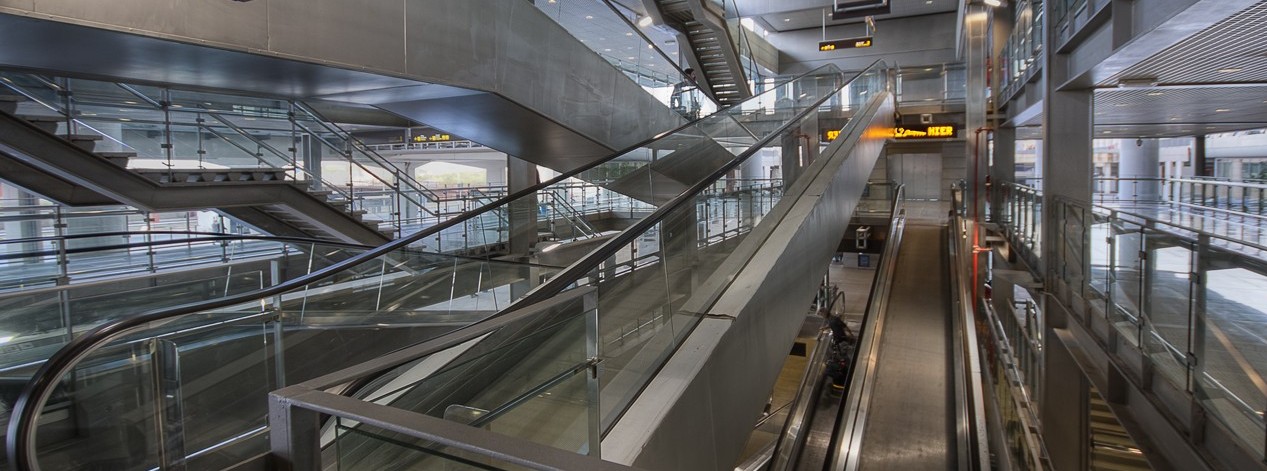After several years waiting for the Canon 5D Mark II’s successor, the last year it appeared the mark III. The substitute camera has enhanced Focus System, Video and fps, and more things… They have been included new features as in-camera multi-exposures and an HDR Mode too. So if you don’t know, cos you don’t follow me on Facebook, this is my new camera.
I am going to preliminary review (less than 10 days with my new toy) the HDR in-camera.
How to use HDR with Canon 5D Mark III:
The EOS 5D Mark III has a new button on the left-rear of the camera, called the ‘Creative Photo’. Marked with an icon of a paintbrush, it’s a short-cut to three commands related to image control on the EOS 5D Mark III: Picture Style, Multi-exposure mode, and HDR mode. Pressing this button, scrolling to the HDR icon and pressing the SET button instantly brings-up the full HDR Mode menu.
Another option is to select AEB in the shooting menu. Then, they are until 7 exposures available for shooting, more than 3 for HDR mode, but the camera doesn’t generate an HDR picture. Just let you to process the files later using third-party HDR software. HDR Mode shooting cannot be combined with BULB mode, so you need to set manually the exposures or do it automatically using SW like Magic Lantern or hardware like Promote Control.
Or you can select HDR Mode in the camera’s Shooting Menu > Select Bracketing to +-1/+-2/+-3 are available(-+2 by default).And an AUTO option,when the camera reads dynamic range and on its own makes a determination of the exposure compensation needed for three bracketed shots > Choose the Image Effect that you want in the finished picture ( I select ‘Natural‘ by default) > Select Continuous HDR if you want to have several HDRs, not only one (‘1 Shot On‘ option enable).
Another settings are:
– Select your camera to save files as RAW without compression.
– Set Aperture Priority Mode.
– Set other parameters in the camera like ISO or aperture as you wish.I usually select AUTO ISO for handheld exposures.The camera has the ability to automatically select the slowest shutter speed used before it starts increasing ISO in AUTO ISO mode and it does this based on your focal length.I select ISO 100 when I have the camera on a tripod.
The camera captures 3 consecutive shots at a fast fps rate (+2 EV , 0EV , -2 EV with default settings) and generates a JPG file with the processed HDR image. The camera software aligns the images (with Auto Image Align menu option activated), but doesn’t resolve ‘ghosting effect‘ due to objects in motion in the scene.The final HDR image has slight even if there was essentially no camera shake or movement during the bracketed shooting sequence.
Finally, we can compare the results of HDR images generated by the camera and another ones processed using Lightroom, Photomatix and Photoshop. The Canon HDR images have blue hues and more cropping than the processed HDR images. The shots were taken with Auto White Balance, so I think that if you compensate it in the camera you can get a best result. I corrected WB in Lightroom previously to HDR processing in Photomatix. Besides, I processed lens corrections ( chromatic aberration and lens distortion ) in LR5 Beta. Saving the exposures with LR presets as TIFF 16-bit files. To generate an EXR file, I used HDR Pro in Photoshop, selecting 32-bit mode and to avoid disalignment, choose the 0 EV exposure to avoid ghosting and correct camera shake for the hand-held exposures.
In conclusion, HDR mode in camera is useful to have an idea of how will be your HDR image and to know if you exposures cover all the dynamic range of the scene, but the cropping inside the camera, the problem with alignment and ‘ghosting’ do that it will be better to process yourself the images.
Tanusha Moored To Benabola Dock
HDR In-camera Version:
Tonemapped Version:
Puerto Banús, Marbella (Spain)
Canon EOS 5D Mark III | Canon EF 17-40mm f/4L USM @ 17 mm | f/11, 1/125s, ISO 3200.HDR/DRI from 3 handheld exposures @ [-2 EV .. 0 .. +2 EV ]
A Lambo Gallardo At Banús
HDR In-camera Version:
Tonemapped Version:
Canon EOS 5D Mark III | Canon EF 17-40mm f/4L USM @ 17 mm | f/11, 1/125s, ISO 400.HDR/DRI from 3 handheld exposures @ [-2 EV .. 0 .. +2 EV ]














